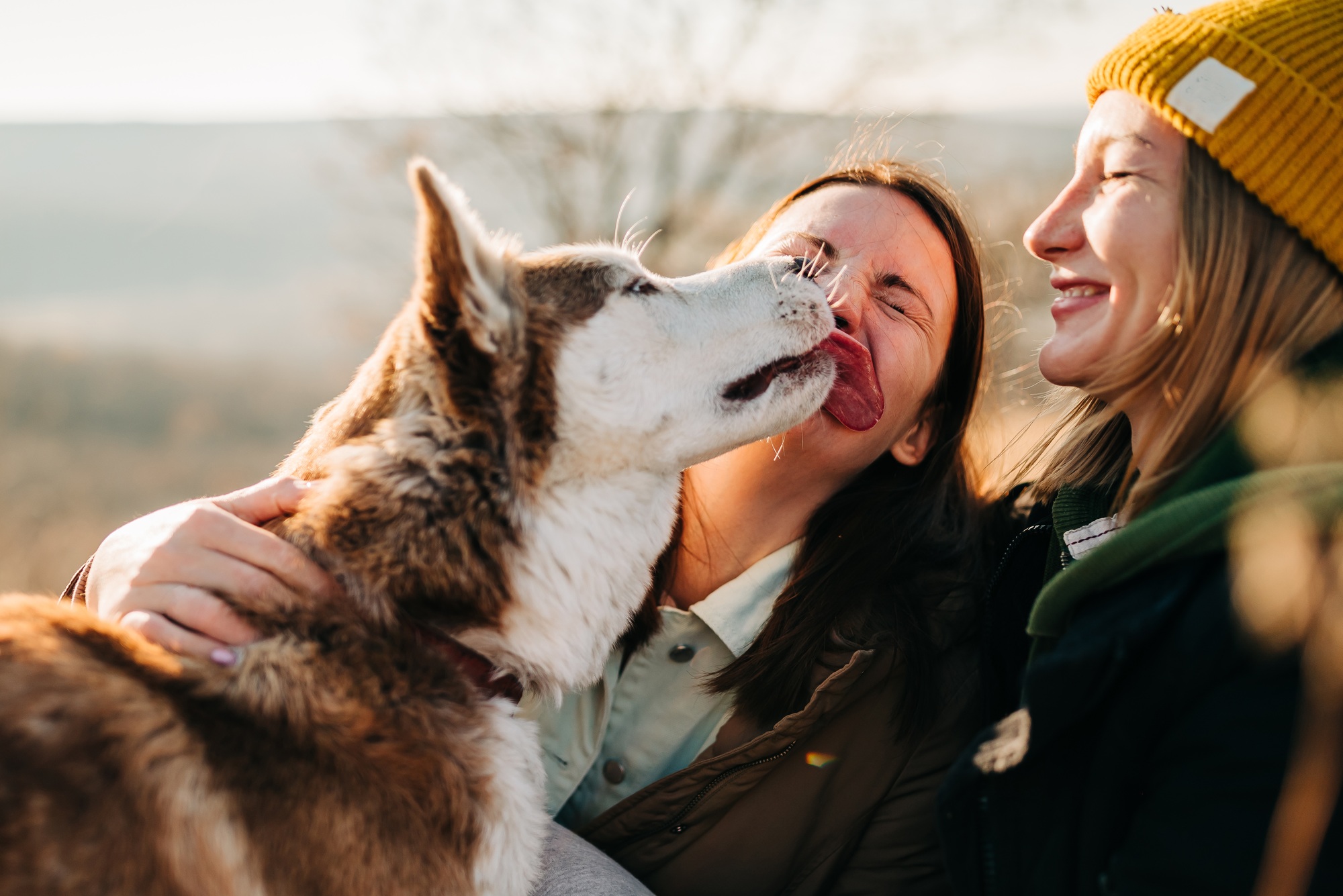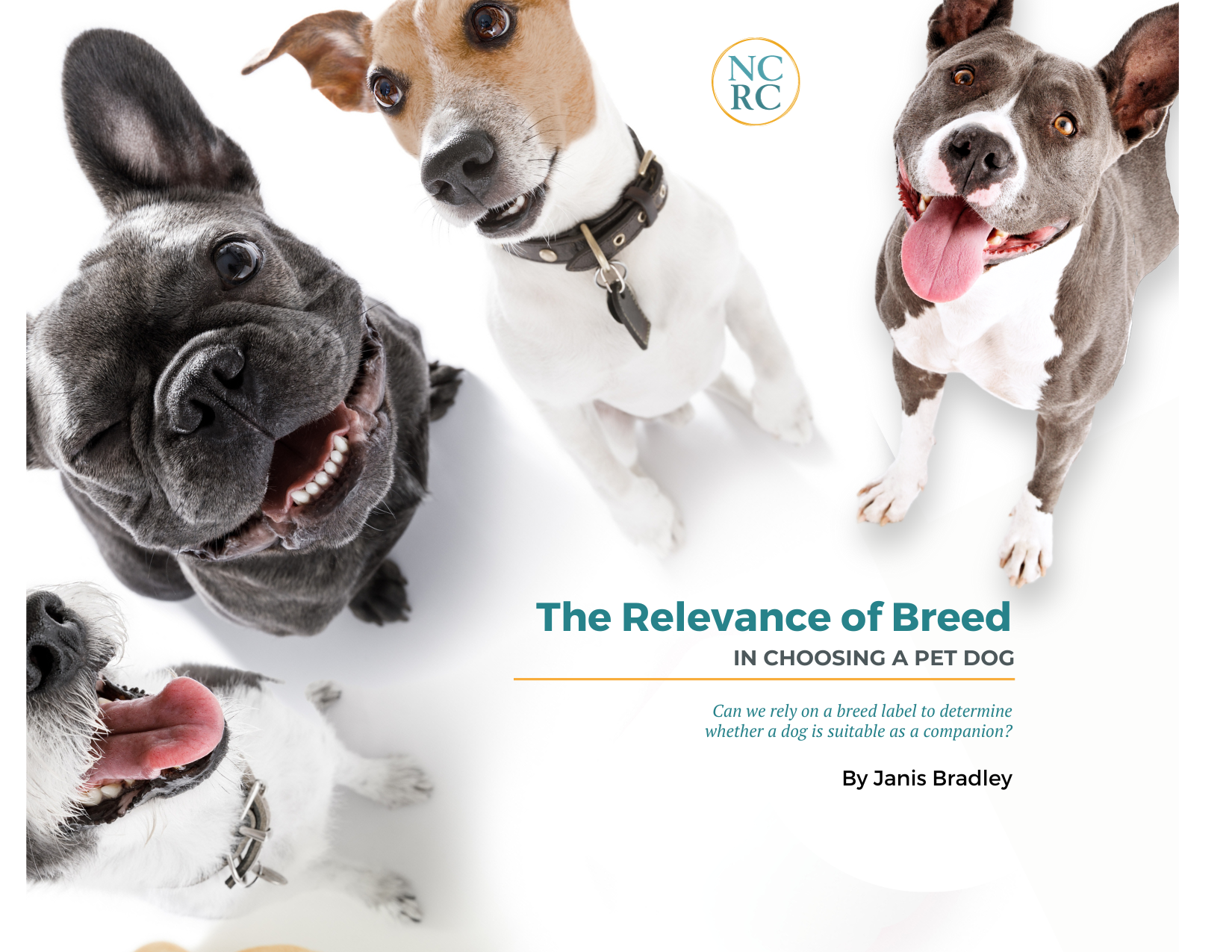By Janis Bradley, author of Dogs Bite, but Balloons and Slippers are More Dangerous and Dog Bites: Problems and Solutions was a founding faculty member and taught for ten years at the San Francisco SPCA Academy for Dog Trainers. Referred to as the “Harvard for Dog Trainers”, it has prepared over 400 students for careers as dog professionals.
Yet another persuasive study has appeared suggesting that the way we live with our dogs profoundly affects their personalities, once again calling into question our old assumptions about dog breeds and behavior.
As the first step in this project, ethologist Erika Mirko and her colleagues at Eötvös Loránd University in Hungary established that owners can indeed reliably describe their pet dogs according to personality traits like sociability with strangers, trainability, activity level, and, of course, aggression. The researchers then found that the variables most powerfully correlating with those traits are things like whether the dog lives in the house with people or is exiled to the yard, how much time the owner spends with the dog, and whether the dog has had formal training.
Even the owners’ attitudes turned out to be significant, such as whether they believed the dog could understand human speech. Owners who thought their dogs understood what they said described their dogs as less aggressive and more trainable than those who thought their pets could only understand simple words. The findings were reported in the latest issue of the journal, Applied Animal Behavior Science.i
Owners reported on 284 dogs representing all 10 breed groups recognized in Europe, along with a group of mixed breed dogs. These breed groups correspond closely to those used in the US, categorizing breeds mainly according to historical functions like herding, scent and sight hounds, bird dogs, toys, and terriers. Across the board, regardless of breed group, dogs that lived in the house with people were described as the least aggressive. Those that spent the most time with their owners were the most sociable with strangers. And those that had actually had formal training were deemed the most trainable.
With aggression, there were no meaningful differences at all among the 11 breed groups.
On the few traits where there were some differences between breed groups, these were so slight that they barely reached the threshold of statistical significance, and then only when you compared the highest and lowest scoring groups to each other. So mixed breed dogs, for example, were rated as very slightly more trainable than Retrieving/Flushing/Water dogs, the group that includes Labrador Retrievers and Springer Spaniels. Even with regard to activity level, only sight hounds emerged as low energy enough to make the difference between them and the highest energy groups, the terriers and herding dogs, worth noting.
Mirko and company considered the possibility that the breed groups themselves might be so diverse that they were blurring personality differences between breeds. After all, the water dog group includes breeds ranging from Golden Retrievers to Cocker Spaniels. So they compared two specific breeds of very diverse backgrounds: Vizslas, originally bred as gun dogs and now primarily kept as family pets; and German Shepherd Dogs, first bred as herding dogs and now, according to the American Kennel Club, the world’s leading police, guard and military dog.. At first it seemed that they might be onto something. The two breeds did behave significantly differently with regard to aggression and trainability. But when the researchers took into consideration the dog’s actual living situations, it turned out there were no differences at all. What mattered was whether the dogs lived in the house with people or were exiled to the yard outside. As with all the dogs in the study regardless of breed, the ones who spent the most time with humans, living in the house with them, were the least aggressive, whether Vizsla or German Shepherd Dog. Interestingly, the dogs that spent some of their time in the house and some in the yard were found to be the most trainable.
Further research is needed, of course, to establish a causal link between how people choose to live with their dogs and those dogs’ personality traits, but this study is one more powerful piece of evidence that we best enhance our relationships with dogs by bringing them into our daily lives, and treating each one as an individual.
i The source material for this commentary is: Mirko E, Kubinyi E, Gacsi M, & Miklosi A. (2012). Preliminary analysis of an adjective-based dog personality questionnaire developed to measure some aspects of personality in the domestic dog (Canis familiaris). Applied Animal Behaviour Science,138, 88–98.







